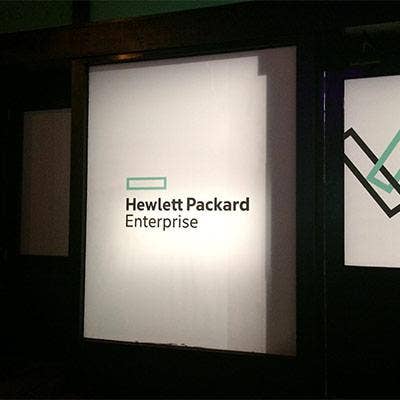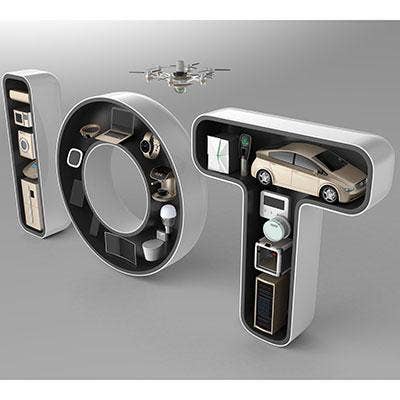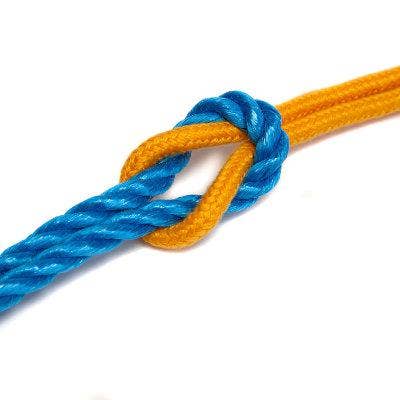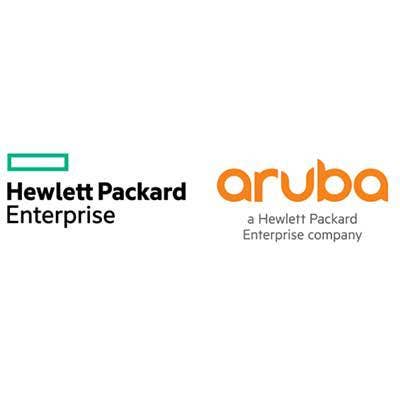Q&A: Tom Bradicich On How HPE Is 'Pioneering' IT And OT Convergence And The New Breed Of IoT Channel Partner

HPE's Operational Technology Focus
With the industrial space seeing the most opportunity from the Internet of Things, more vendors are focusing on the operational technology (OT) that is essential to manufacturing floors, such as SCADA systems and programmable logic controllers. No one knows that better than Dr. Tom Bradicich, the vice president and general manager of Servers, Converged Edge and IoT Systems at HPE.
Bradicich told CRN that HPE is "pioneering the convergence of OT and IT" as the company seeks to deploy its EdgeLine systems into the industrial vertical and focus more heavily on the connectivity, control and compute opportunities behind the Internet of Things.
The following are transcribed segments from CRN's discussion with Bradicich about IoT channel opportunities.

What is your background as it relates to IoT and operational technology?
I worked for IBM as VP and CTO, and learned a lot about IT, including servers and storage. Then I worked at National Instruments for three years, and that's an industrial IoT company, so I learned about how OT is complementary to IT.
We're fusing the operational technology world, which has been separate from the IT world, and that's really key to our approach in this intelligent edge and IoT.
What I brought with me are the IT and OT experiences, and therefore I'm fusing two cuisines together in the role I play here at HPE.

What is HPE's strategy around IoT and how is the company is penetrating the market?
The IoT presents a big data problem. That's very profound, what that means is there's lots of high-speed voluminous data to deal with from things in the IoT. If that's true, then companies like HPE are at an advantage because we're good at big data. When you see our announcements, some of them are quite new and designed for IoT, such as the EdgeLine systems. But also we have the expertise for products like Hadoop, which is not explicitly an IoT technology, but it can be applied. So we can apply our security, server storage, and analytics skills to the IoT, and therefore we have an edge there. And we also have an edge with the EdgeLine systems.

What makes up the "intelligent edge?" Why is it such an important part of IoT?
At the very highest levels, HPE has three main pillars – hybrid data center and cloud, consulting and technical services, and the intelligent edge.
The intelligent edge is not just about IoT, it's about all different kinds of edges. This is interesting because the edge is very simply not the data center, so where we have OT and IT technologies not in the data center, that is the edge. For example, the edge is a manufacturing floor, a power plant, a smart power grid. So where all this technology needs to go that's not in the data center, we call that the edge.

What specifically is HPE doing to accelerate its intelligent edge strategy around IoT?
In the intelligent edge, we break it up into the three C's – connectivity, compute and control. So in the intelligent edge, we have a strategy to deliver products and services, solutions that can be grossly categorized in those three areas. With connectivity, we have our Aruba branded technology; we also have connectivity to the things like turbines and pumps with our EdgeLine systems.
The compute is we have a strategy to shift data center class computing out of the data center to the edge. And that's how we make the edge intelligent, by putting computing power there. Therefore, in a compute world we can run analytics and compute jobs without going back to the data center.

What about the "control" aspect of the intelligent edge?
The third "C" is control, and this is missed by a lot of competitors. You can't just collect data and then have a conclusion – you have to act. Control is actuation of the thing. For example, if an automobile needs to take evasive action, we need to control it. Our offerings there are the EdgeLine systems – we have Intel Xeon cores out at the edge, and the control systems are embedded.
We took the OT technologies – control systems – and the data capture systems, and converged them and integrated them into the EdgeLine system. For the first time, we combined computing and storage with control systems all in the same box.

What opportunities is IoT opening for HPE's channel partners?
IoT is driving new products and applications in the data center and the cloud, and therefore our channel partners are now looking at new ways to accommodate the data that comes from the edge with new applications in the cloud – creating a new marketplace, which is exciting if you are a channel partner.
The second dimension is more interesting because it's new and exciting – we have channel partners we've never had before because we're in the OT convergence space and we're selling things out of the edge. We have sold things out of the edge, but not in the significant way that the IoT is developing.

Talk more about this "second dimension" of IoT channel partners that HPE is developing.
We have all these things connected now, and so we have new channel partners helping us there. National Instruments has become the first reseller of EdgeLine converged edge systems, and are the first OT company that has not been a reseller before. They became our channel partner because of the converged systems, and they're an OT company, not an IT company like an Avnet or another reseller.
This is trendsetting, to have OT convergence out of this intelligent edge. We have grown to over 35 partners in technology expressly for the IoT work that HPE is doing. We have other OT partners, such as Schneider Electric and PTC.

What is the significance of system integrator partners for HPE? What do SIs bring to the table?
System integration partners are also key, and we have relationships with big SIs like Tata, Deloitte, and Accenture. Here we are today pioneering the convergence of OT and IT – in two ways. One is in the same box, partners putting their products in our EdgeLine products, and the other way is with services. System integrators have OT and IT services, so now they get to put those two together and create this converged OT IT services. That's an interesting industry phenomenon that we're encouraging from our channel partners.

What can partners look forward to around HPE's IoT strategy from its Aruba brand?
The Aruba brand has software and hardware, it's predominantly wireless connectivity devices, moving more to location services. And we just purchased Niara, which has some cool security analytics, because again the more things you connect, the more vulnerability you have. This particular company has some machine learning analytics to learn about anomalies, including hostile security breaches. I think you'll find that to be a very exciting part of our intelligent edge strategy.